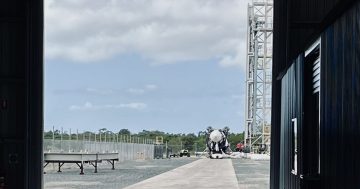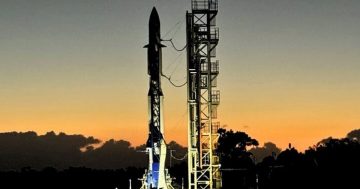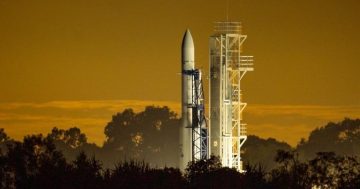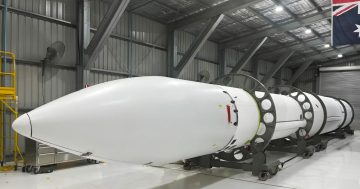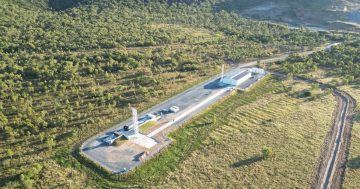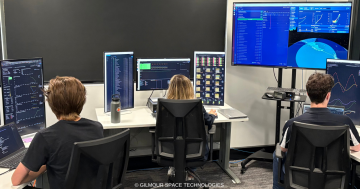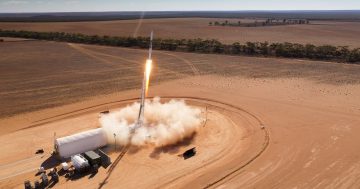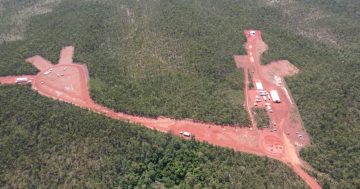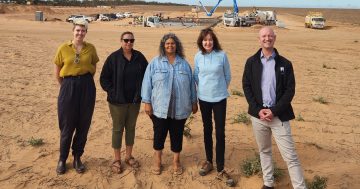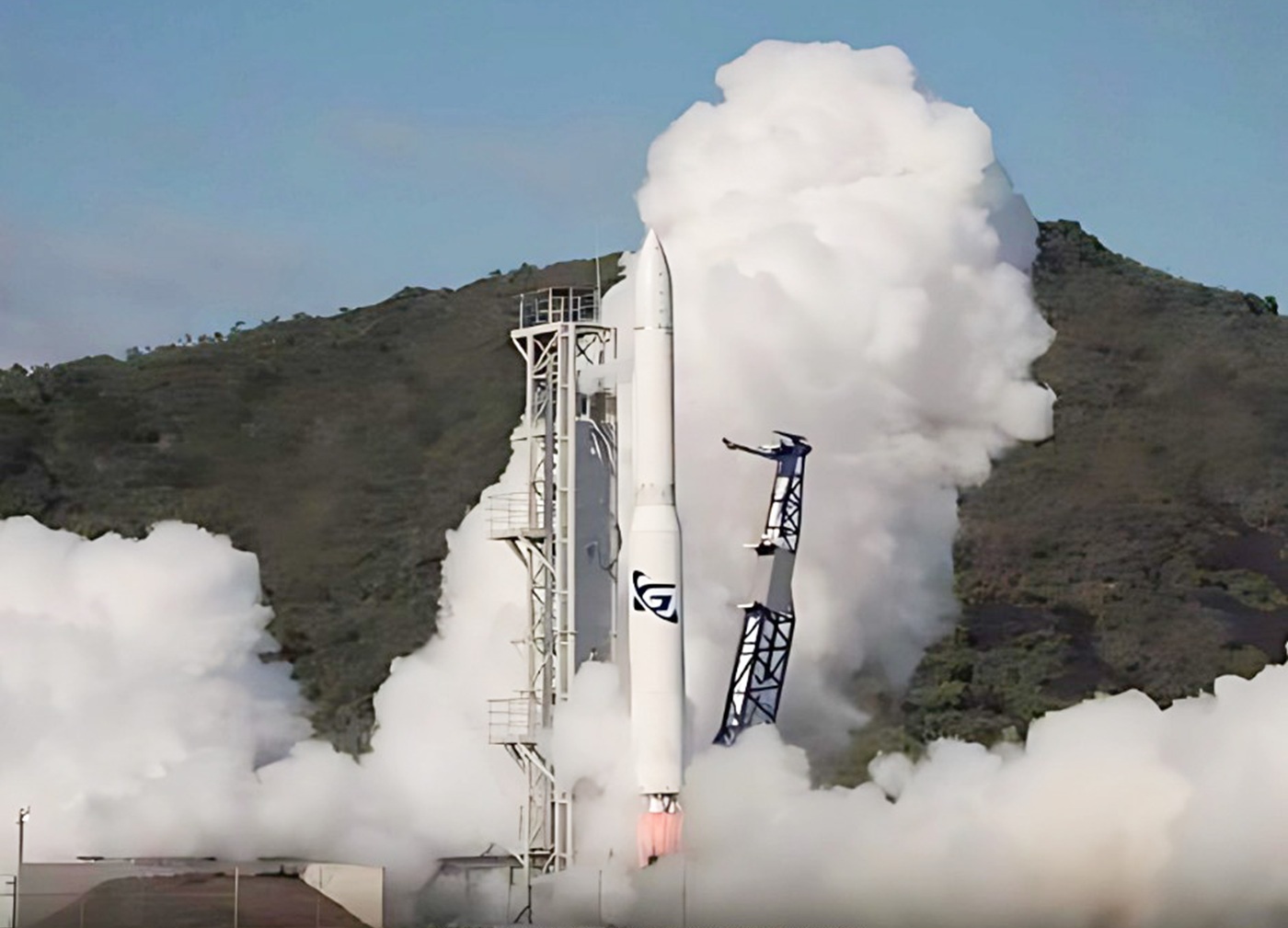
Eris 1 lifts off from the Bowen Orbital Spaceport launchpad. Photo: Gilmour Space Technologies.
The first rocket capable of reaching orbit to be designed and built in Australia has failed on its first attempted launch this morning (Wednesday 30 July).
The Eris 1 rocket attempted to launch at 8:34 am local time from the Bowen Orbital Spaceport (BOS) 15 km west of Bowen near Queensland’s Whitsunday region, but after hovering for 14 seconds, it fell back to earth and exploded.
Preliminary observations indicate other infrastructure at the spaceport was largely undamaged, although the rocket was destroyed.
In a brief LinkedIn post after the failed launch, Gilmour Space Technologies CEO Adam Gilmour seemed positive.
“Got off the pad; I am happy,” he said. “Of course I would have liked more flight time but happy with this.”
After the launch attempt, Adam Gilmour said clearing the tower was a major milestone for his team.
“It showed that Australia can design, build, and launch rockets right here at home,” he said.
“Space is hard. SpaceX, Rocket Lab and others needed multiple test flights to reach orbit. We’ve learned a tremendous amount that will go directly into improving our next vehicle, which is already in production.
“Getting off the pad and into flight is a huge step forward for any new rocket program,” he added. “This was the first real test of our rocket systems, our propulsion technology, and our spaceport — and it proved that much of what we’ve built works.”
In a social media post, the company described the launch as a strong result and a major step forward for Australia’s sovereign space capability.
It said the pre-launch included smooth operations through terminal count and T‑minus zero, a successful auto sequence and ignition of all four first-stage hybrid rocket engines, 23 seconds of engine burn time, and 14 seconds of flight.
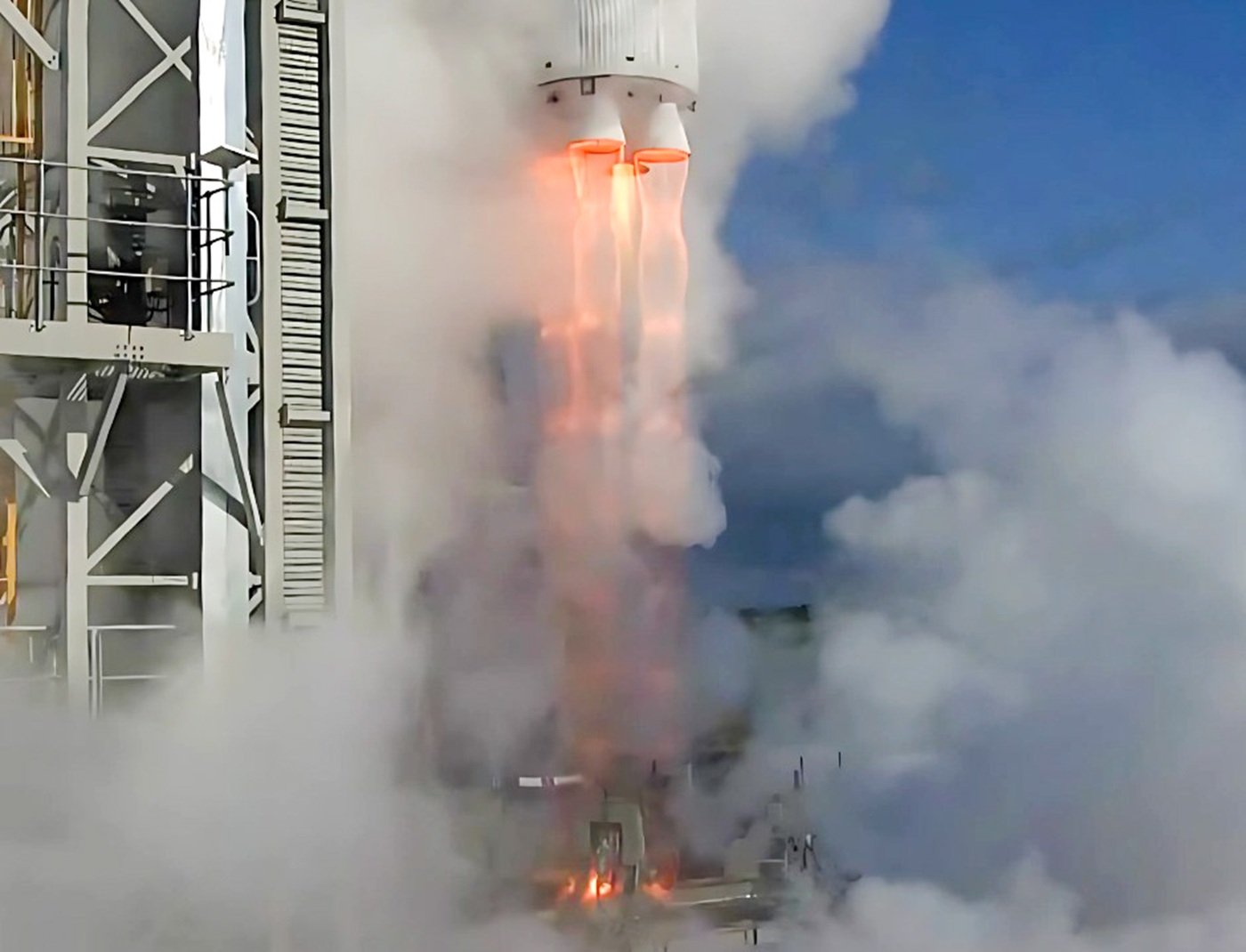
A close-up of Eris 1’s main stage engines on lift-off. Photo: Gilmour Space Technologies.
It said they also had a successful integrated operation between the rocket and its ground systems, the launch cleared the tower, the vehicle’s flight software and guidance and navigation control (GNC) performed as expected, and extensive flight data was collected. It added that early indications suggested the launch site infrastructure appeared intact.
“Most importantly, the team is safe and energised for test flight two,” it said. “Only six nations launch to orbit regularly – and just a handful are working to join them. Today brings Australia closer to that club.”
While the rocket didn’t quite clear the pad, it is hoped sufficient data was harvested to quickly diagnose what technical issues led to the failure, and to make the necessary fixes for a future launch attempt.
The attempted launch of Eris 1 was delayed more than 18 months after an original goal for it to launch in late 2023 slipped due to delays in gaining regulatory approval from the Australian Space Agency. Subsequent launch windows earlier this year were missed due to adverse weather and ongoing technical issues, the latest in May when the rocket’s nose fairing separated from the vehicle.
Gold Coast-based Gilmour Space has designed the first Australian designed and developed rocket capable of reaching orbit, and subcontractors from across Australia have supplied components for the vehicle.
The Eris 1 is a three-stage 25 metre tall rocket that weighs 34 tonnes and is powered by four proprietary hybrid main stage engines capable of producing 110 kN of thrust. This gives it the capability of placing payloads weighing up to 300 kg into orbit, but for the first launch attempt it was only carrying a jar of vegemite.
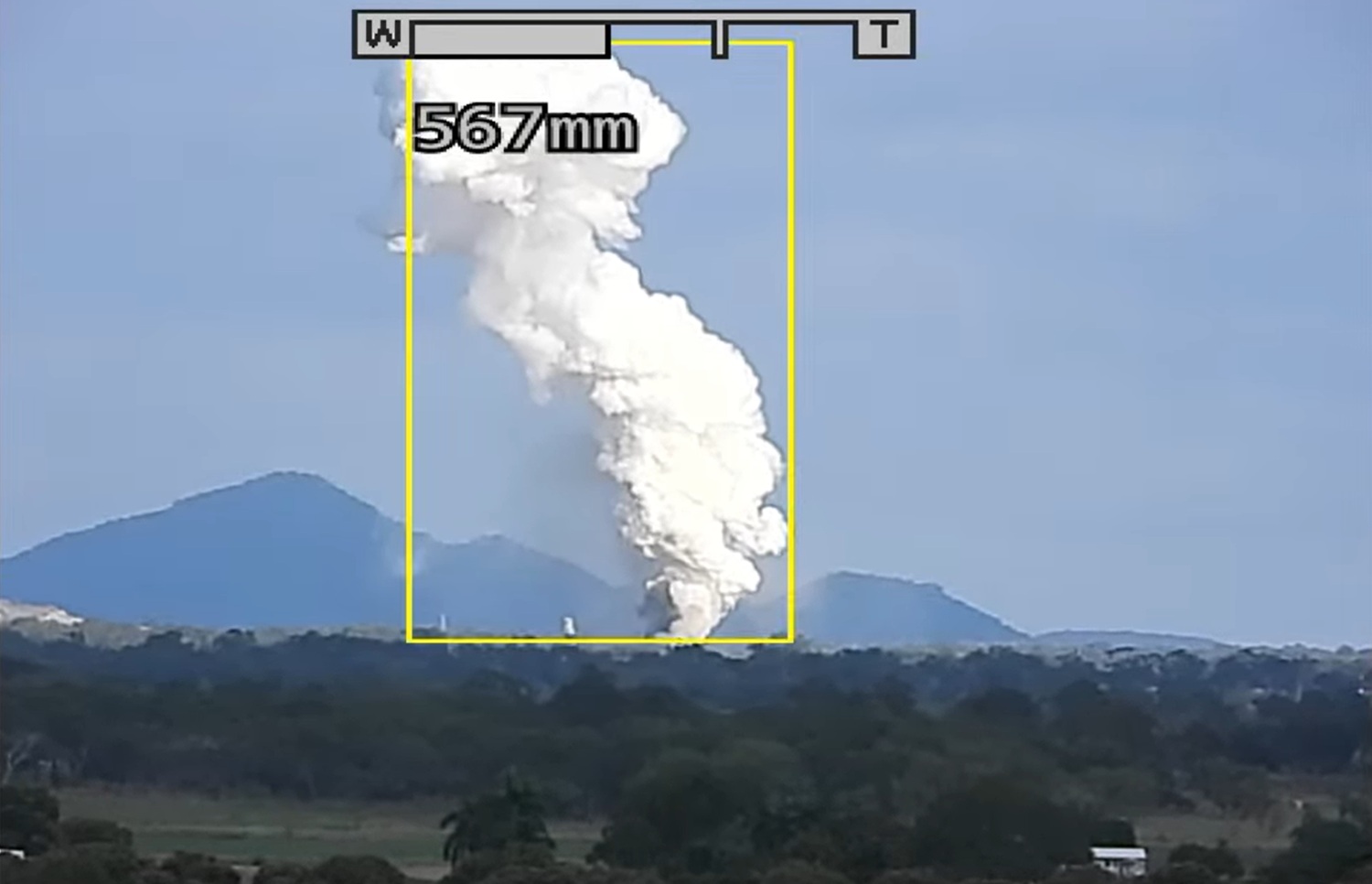
The aftermath of the rocket’s explosion. Photo: @Aussienaut Youtube screenshot.


